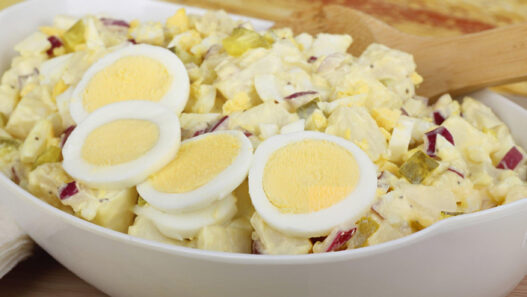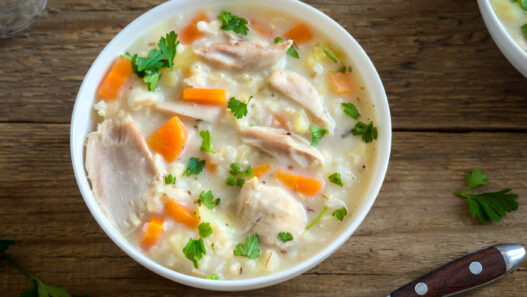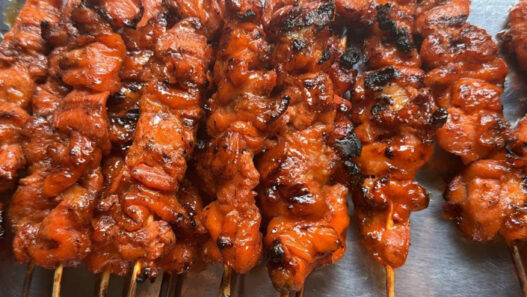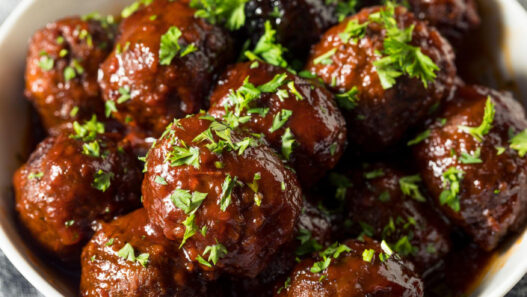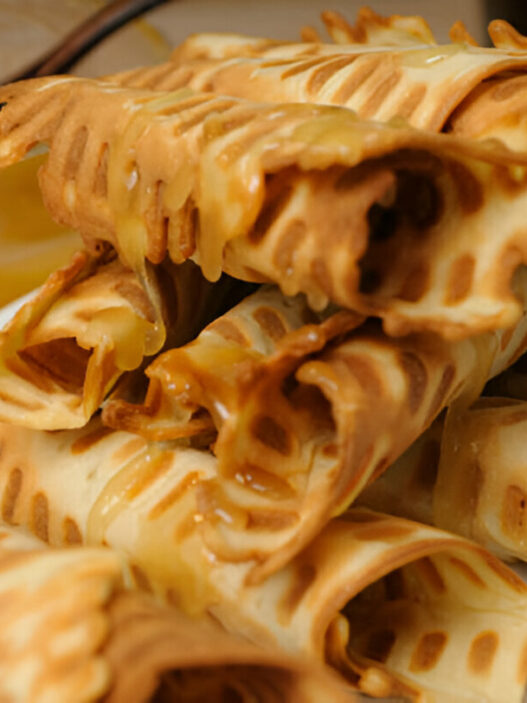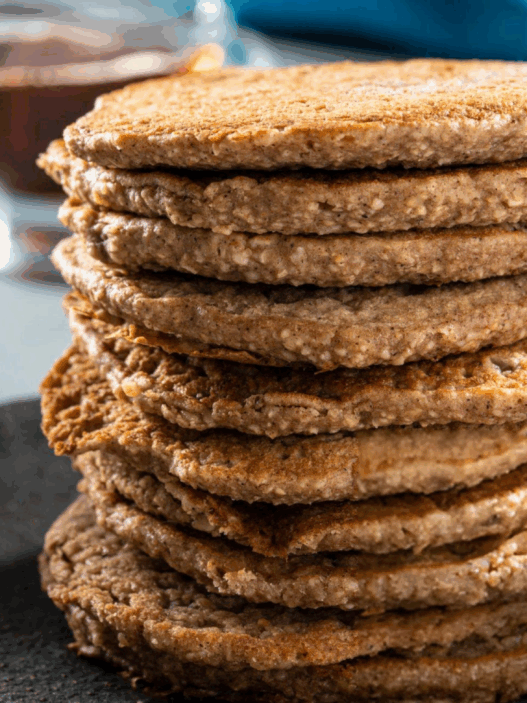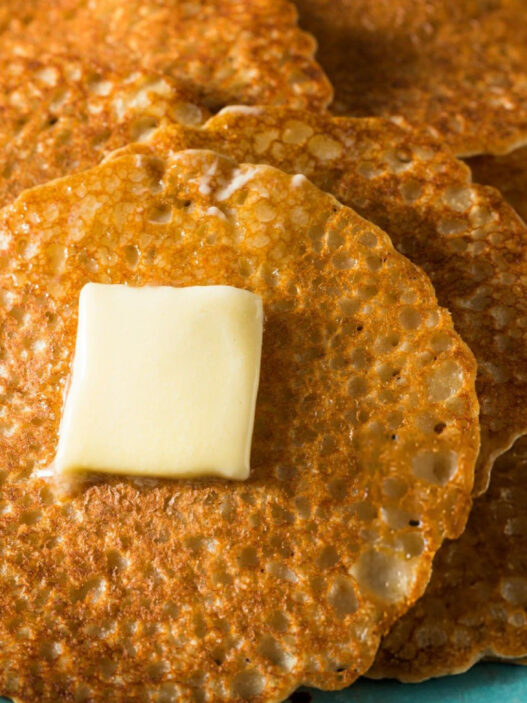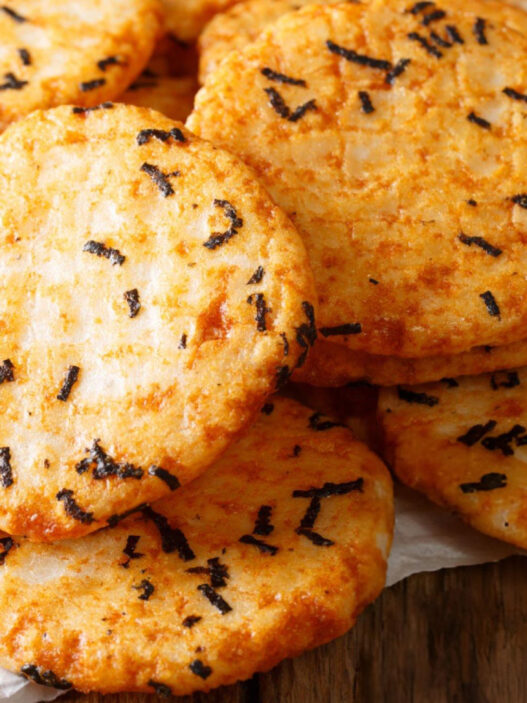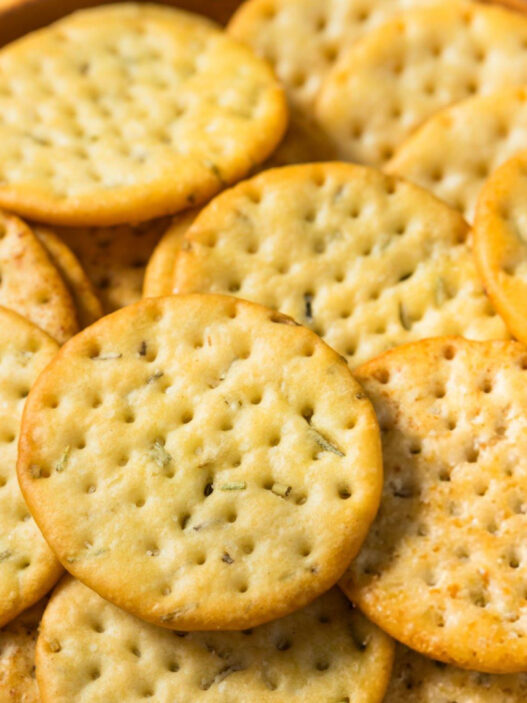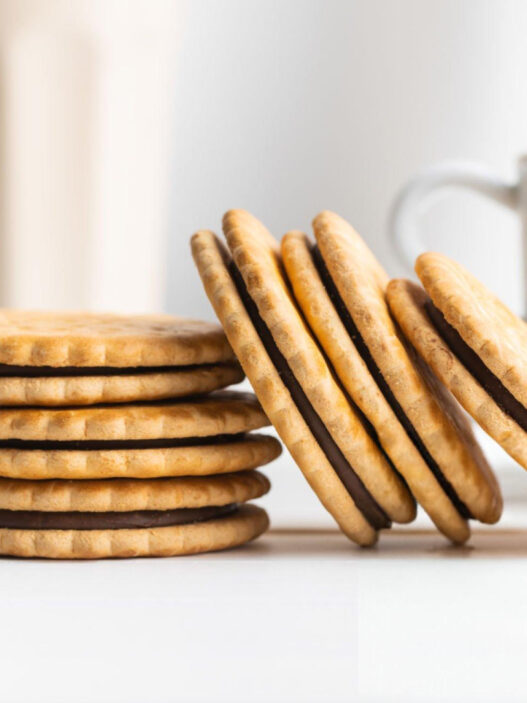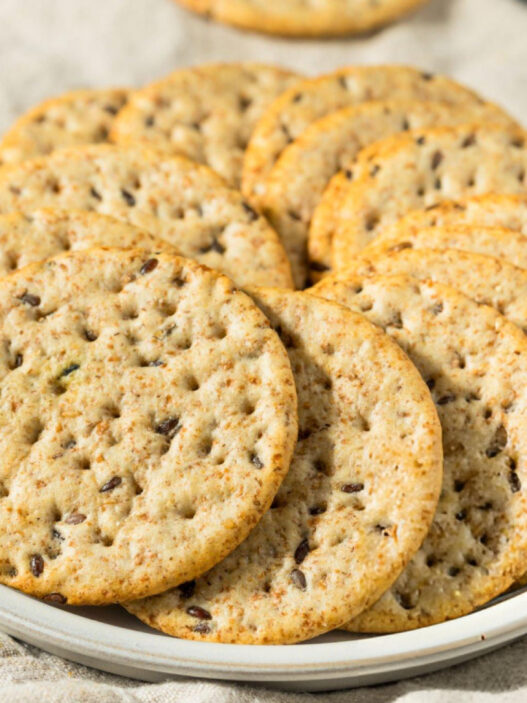Few desserts embody the spirit of celebration quite like baklava. With its many whisper-thin layers, buttery crispness, and sweet, nut-studded filling, this classic treat is as impressive as it is irresistible. Each diamond-shaped bite is a masterclass in texture—crisp, flaky, rich, and satisfyingly sweet, offering a little luxury with every nibble.
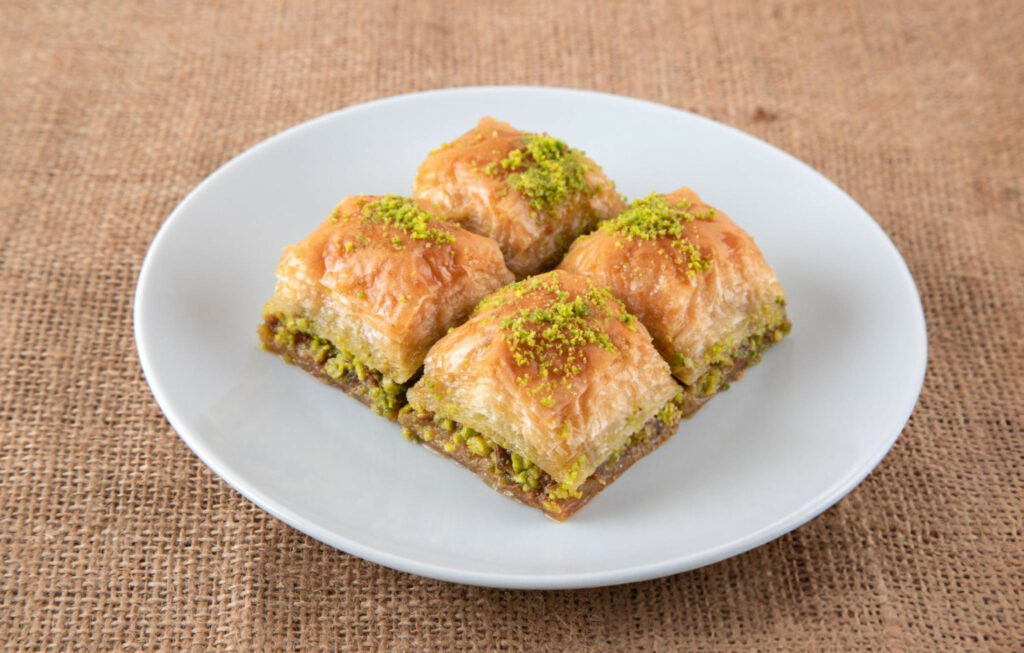
Ingredient Breakdown
The key to outstanding baklava lies in the choice of filo pastry. High-quality sheets should be paper-thin, pliable, and without tears. While homemade filo is an artisan’s feat, using carefully selected store-bought pastry ensures consistency and saves precious time without compromising on the final result.
Pistachios are the undisputed star of the show. Opt for fresh, unsalted pistachios with a vivid green hue—this color signals premium quality and will make the baklava not only more flavorful but visually stunning. Lightly roasting the pistachios before chopping can intensify their nutty character and deepen their aroma.
The syrup is where the magic happens. A simple blend of sugar and water, cooked just long enough to thicken lightly, strikes the right chord between sweetness and texture. A few drops of lemon juice are essential—they prevent the sugar from crystallizing and add a subtle brightness that lifts the syrup from cloying to refreshing.
Clarified butter mixed with a touch of neutral oil ensures every sheet of pastry crisps up beautifully in the oven. The clarified butter brings richness and depth, while the oil lightens the texture, preventing the baklava from feeling too heavy.
Step-by-Step Preparation Guide
Preparing the syrup is a crucial first step. By allowing the sugar to fully dissolve in water before bringing it to a simmer, you create a syrup that’s silky and pourable. Adding lemon juice mid-simmer stabilizes the syrup and enhances its flavor. Allow it to cool completely before it touches the hot pastry to ensure the perfect soak.
Handling filo pastry can be a delicate task. Work with one package at a time, and keep the unused sheets covered with a damp towel to prevent drying and cracking. Trim the sheets neatly to match your tray size, ensuring a uniform, polished final product.
Building the layers is where patience pays off. Each sheet should be gently laid into the tray and lightly drizzled with the butter mixture—no need for complete brushing. This technique ensures the layers remain separate and airy, rather than compressed and greasy.
Distributing the pistachios evenly is key to achieving a consistent bite throughout. Press them down gently but firmly; this will help the layers fuse properly without squashing the pastry.
Cutting the baklava before baking is essential. Using a sharp knife, slice through all the layers in a precise diamond or square pattern. This not only gives the baklava its iconic look but also ensures the syrup can seep into every nook and cranny later.
When baking, start at a higher temperature to give the layers a good lift, then lower the heat to allow the baklava to dry out and crisp without burning. Watch for a deep golden hue as a sign that it’s ready.
Syrup application is the final flourish. Pour the cooled syrup gently and evenly over the warm baklava. It should sizzle slightly on contact, signaling that it’s being absorbed correctly. Let the baklava rest overnight for optimal flavor and texture—patience truly rewards here.
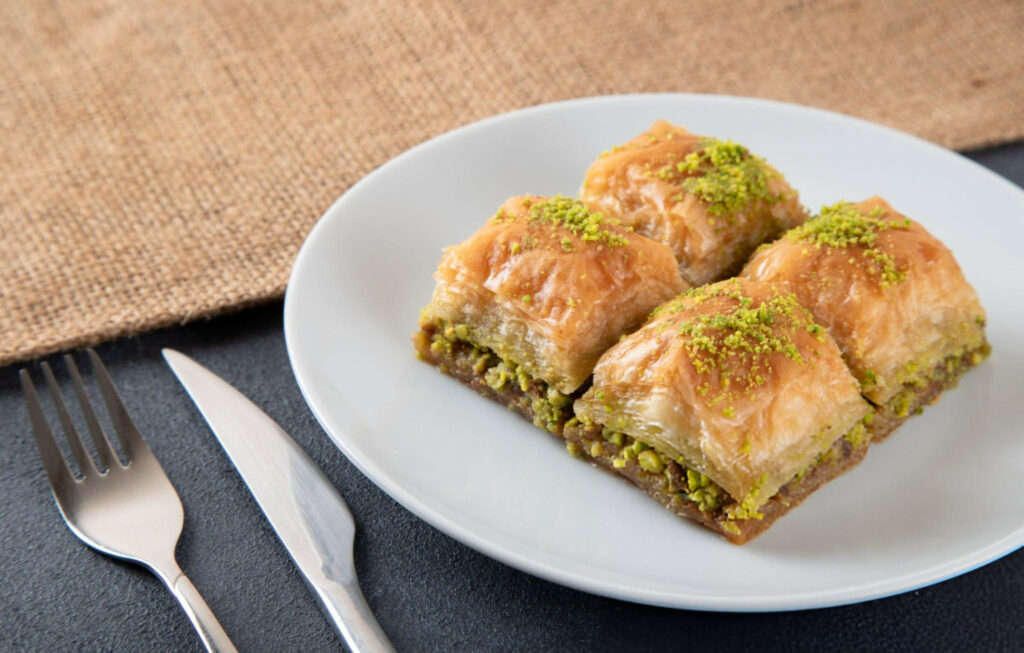
Recipe Tips & Frequently Asked Questions
How to prevent filo sheets from drying out
Always keep the sheets covered with a lightly damp towel, and work quickly but carefully to prevent them from becoming brittle.
Achieving the perfect syrup consistency
Simmer gently until slightly thickened—about 15 to 20 minutes. It should coat the back of a spoon without being too sticky.
Best practices for cutting clean, uniform shapes
Use a sharp chef’s knife and cut slowly to avoid tearing the layers. Cut all the way through to the bottom before baking.
Ensuring an even bake without burning the edges
Start baking at a high heat for a light, puffed texture, then lower the temperature to crisp and dry the layers evenly without browning too quickly.
Can I make baklava ahead of time?
Absolutely. Baklava improves with time as it soaks in the syrup. It’s best served a day or two after baking.
What’s the best way to store leftover baklava?
Store in an airtight container at room temperature. It stays crisp for up to a week—no refrigeration needed.
Can I freeze baklava without compromising texture?
Yes, freeze it unbaked after cutting. Bake straight from frozen, adding a few extra minutes to the baking time.
Why is my baklava soggy or overly dry?
Soggy baklava results from pouring hot syrup onto hot baklava. Always cool the syrup. Dry baklava may be due to insufficient syrup or overbaking.
What to Serve With This Recipe
Turkish tea or strong, black coffee is a traditional and perfect partner to baklava. The bitterness balances the sweetness and enhances the nutty notes of the pistachios.
For a lighter accompaniment, a fruit platter with crisp apples, fresh berries, or slices of orange brightens the palate between bites.
Whipped cream or clotted cream can be added for those who desire extra richness, creating a decadent experience that’s hard to resist.
Whether it’s a festive gathering or a quiet evening treat, arranging baklava with a few simple accompaniments elevates it from a simple dessert to a showstopping finale.
Creative Variations
While pistachios are the classic choice, walnuts or almonds can be used for a different flavor profile. Lightly toasting the nuts beforehand enhances their natural oils and aroma.
For a fragrant twist, infuse the syrup with a splash of rosewater or orange blossom water. These floral notes add a new dimension without overpowering the delicate pastry layers.
A modern update includes a drizzle of dark chocolate over the cooled baklava, offering a bittersweet counterpoint to the syrupy sweetness—a treat for chocolate lovers and traditionalists alike.
Homemade baklava is a true labor of love, rewarding patience and attention with a dessert that dazzles both the eyes and the palate. Each golden, syrup-soaked layer promises a symphony of textures and flavors that store-bought versions can’t match. Whether kept classic or adapted with creative twists, making your own Turkish Pistachio Baklava is a culinary triumph that’s worth every carefully placed sheet.
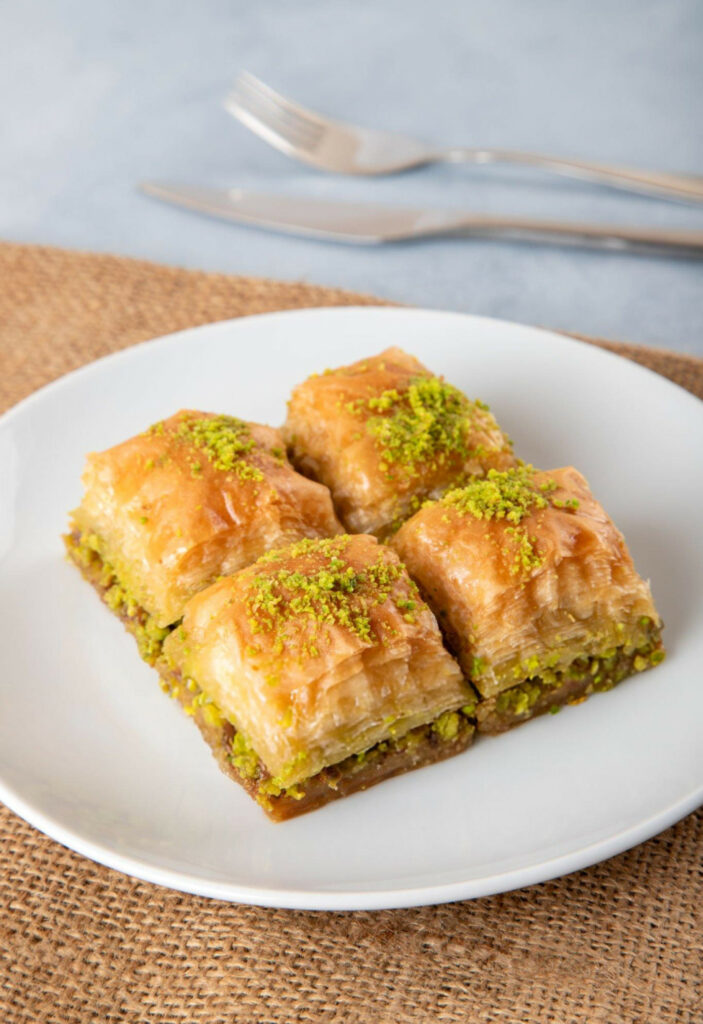
Ingredients
For the Syrup
1 liter water
1 kilogram caster or granulated sugar
A few drops of fresh lemon juice
For the Baklava
400 grams pistachio nuts, finely chopped or coarsely ground
2 packs filo pastry (470 grams each)
200 grams clarified butter, melted
115 milliliters vegetable oil or sunflower oil
Instructions
Preparing the Syrup
In a medium-sized saucepan, combine the water and sugar. Set over medium heat and stir occasionally until the sugar fully dissolves. Bring the mixture to a boil and let it simmer gently for 15 to 20 minutes until it thickens slightly. Squeeze in a few drops of fresh lemon juice to prevent crystallization and simmer for an additional few minutes. Remove the syrup from the heat and set it aside to cool completely while you prepare the baklava layers.
Building the Baklava
Preheat your oven to 175°C (350°F). Prepare a baking tray approximately 35 cm x 24 cm (14″ x 9.5″) in size. Working with one pack of filo pastry at a time, trim the sheets to fit the tray dimensions. Cover the sheets with a damp kitchen towel to keep them pliable and prevent drying.
In a small bowl, blend the melted clarified butter with the vegetable oil. Lay a single sheet of filo pastry into the tray and drizzle a spoonful of the butter-oil mixture over the top. There’s no need to brush each sheet thoroughly; a light drizzle is sufficient. Repeat this process, layering and drizzling, until all sheets from the first pack are used, forming around 28 to 30 delicate layers.
Once the base layers are in place, evenly scatter the pistachio nuts across the filo, pressing gently to set them in place without compressing the layers too much. Proceed by trimming the second pack of filo pastry and layering it over the pistachios, continuing the drizzle technique with the butter mixture between each sheet.
After placing the final filo sheet, pour any remaining butter mixture across the surface to ensure an even, golden finish. Using a sharp knife, carefully cut the pastry into diamond or square shapes, slicing all the way through to the base. The size of the pieces can be adjusted to your preference, though a 4 cm (1.5″) cut typically yields about 70 servings.
Place the tray in the preheated oven and bake for 15 minutes. Then, reduce the oven temperature to 160°C (320°F) and continue baking for another 45 minutes, or until the baklava is deeply golden and crisp, with the bottom layers fully cooked through.
Once baked, remove the tray from the oven and allow it to cool slightly for about 5 minutes. Gradually ladle the cooled syrup over the baklava, ensuring even distribution. Let the baklava rest overnight, allowing it to absorb the syrup thoroughly and achieve its signature luscious texture before serving.
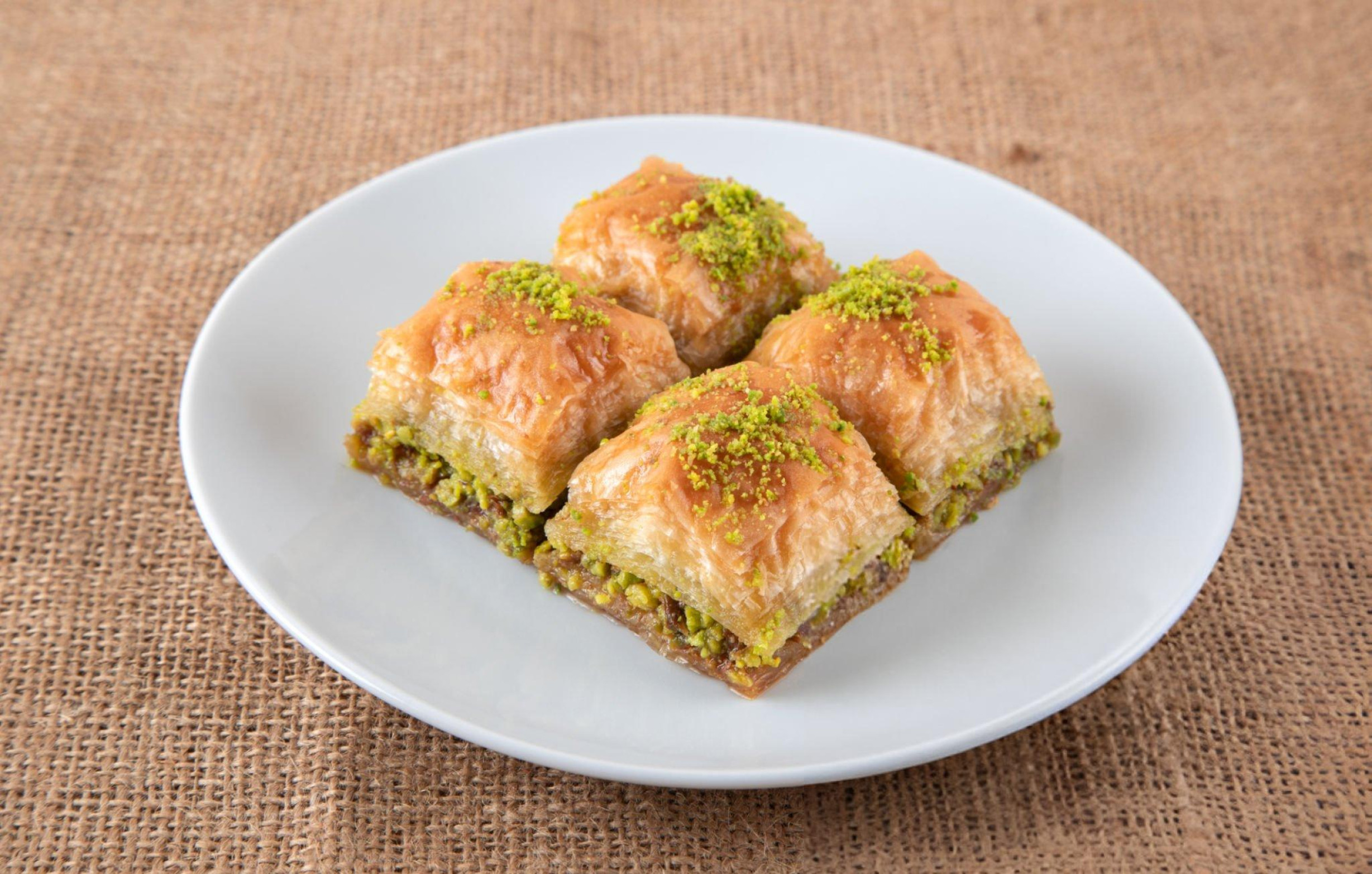
Turkish Pistachio Baklava Recipe
Ingredients
For the Syrup
- 1 liter water
- 1 kilogram caster or granulated sugar
- A few drops of fresh lemon juice
For the Baklava
- 400 grams pistachio nuts finely chopped or coarsely ground
- 2 packs filo pastry 470 grams each
- 200 grams clarified butter melted
- 115 milliliters vegetable oil or sunflower oil
Instructions
Preparing the Syrup
- In a medium-sized saucepan, combine the water and sugar. Set over medium heat and stir occasionally until the sugar fully dissolves. Bring the mixture to a boil and let it simmer gently for 15 to 20 minutes until it thickens slightly. Squeeze in a few drops of fresh lemon juice to prevent crystallization and simmer for an additional few minutes. Remove the syrup from the heat and set it aside to cool completely while you prepare the baklava layers.
Building the Baklava
- Preheat your oven to 175°C (350°F). Prepare a baking tray approximately 35 cm x 24 cm (14″ x 9.5″) in size. Working with one pack of filo pastry at a time, trim the sheets to fit the tray dimensions. Cover the sheets with a damp kitchen towel to keep them pliable and prevent drying.
- In a small bowl, blend the melted clarified butter with the vegetable oil. Lay a single sheet of filo pastry into the tray and drizzle a spoonful of the butter-oil mixture over the top. There’s no need to brush each sheet thoroughly; a light drizzle is sufficient. Repeat this process, layering and drizzling, until all sheets from the first pack are used, forming around 28 to 30 delicate layers.
- Once the base layers are in place, evenly scatter the pistachio nuts across the filo, pressing gently to set them in place without compressing the layers too much. Proceed by trimming the second pack of filo pastry and layering it over the pistachios, continuing the drizzle technique with the butter mixture between each sheet.
- After placing the final filo sheet, pour any remaining butter mixture across the surface to ensure an even, golden finish. Using a sharp knife, carefully cut the pastry into diamond or square shapes, slicing all the way through to the base. The size of the pieces can be adjusted to your preference, though a 4 cm (1.5″) cut typically yields about 70 servings.
- Place the tray in the preheated oven and bake for 15 minutes. Then, reduce the oven temperature to 160°C (320°F) and continue baking for another 45 minutes, or until the baklava is deeply golden and crisp, with the bottom layers fully cooked through.
- Once baked, remove the tray from the oven and allow it to cool slightly for about 5 minutes. Gradually ladle the cooled syrup over the baklava, ensuring even distribution. Let the baklava rest overnight, allowing it to absorb the syrup thoroughly and achieve its signature luscious texture before serving.

